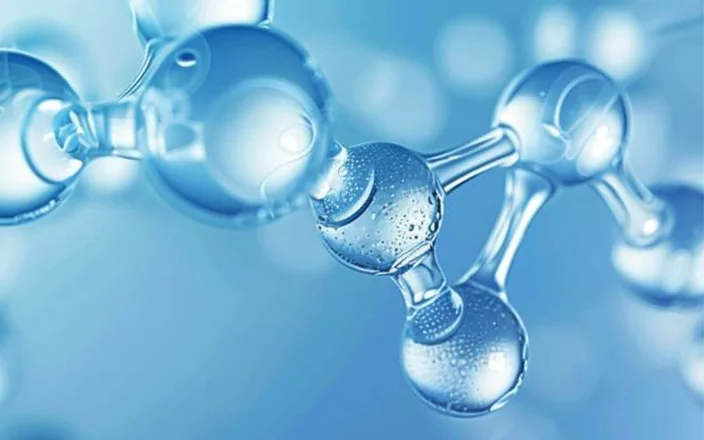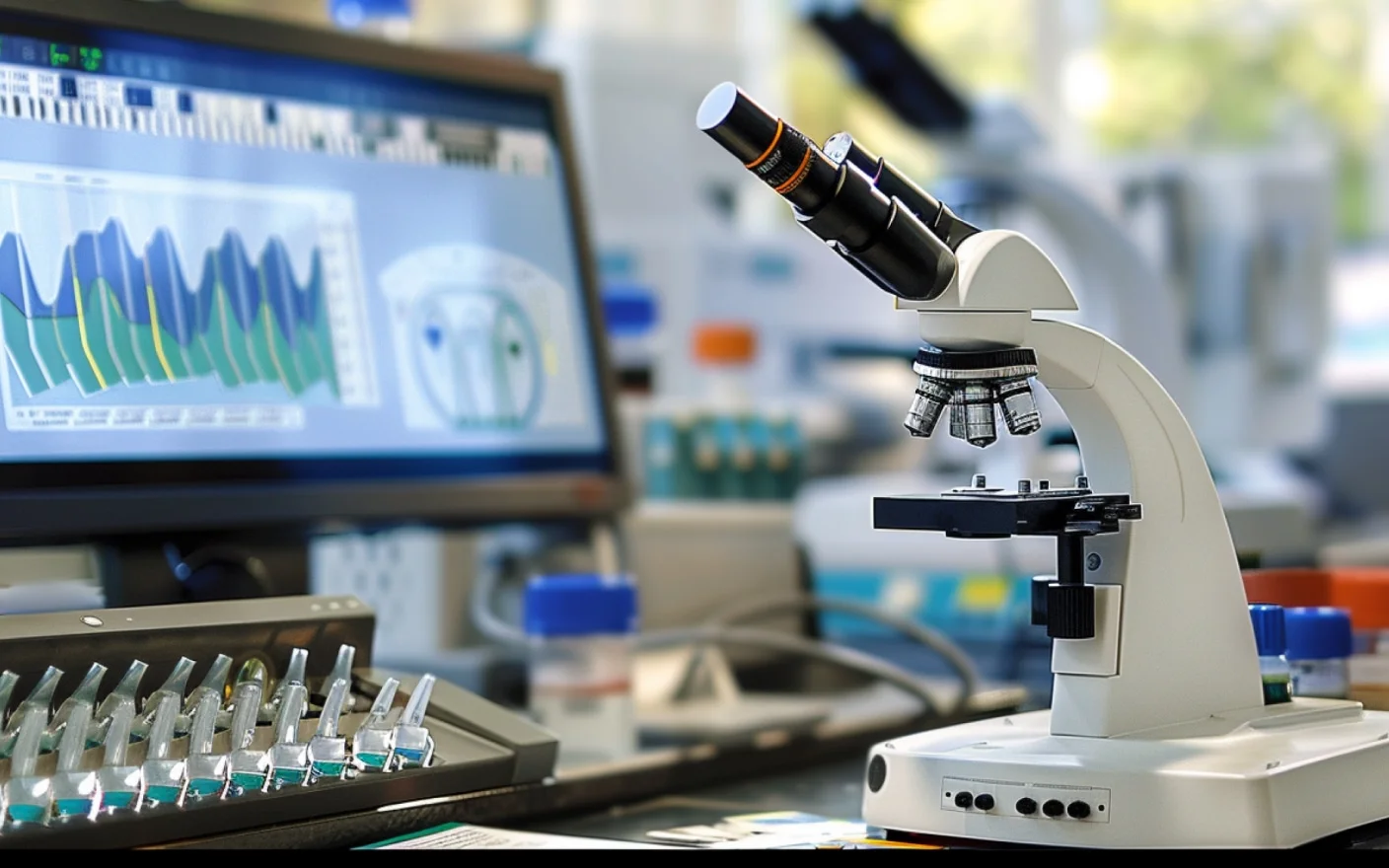◢ Xenobiotica. 2020 Dec;50(12):1451-1460. doi: 10.1080/00498254.2020.1781292. Epub 2020 Jun 19.
Bing Xu 1, Yang Deng 1, Xin Li 1, Siwei Guo 1, Zhenyue Gao 2, Wenyuan Xu 2, Yuan Li 1, Ping Zhang 1, Lingling Zhang 3, Junchen Huang 1
1Department of pharmacy, The Third Hospital of Changsha, Changsha, China.
2CHIA TAI Tianqing Pharmaceutical Group Co., Ltd, Nanjing, China.
3XenoBiotic Laboratories, Inc., Nanjing, China.
Abstract
TQ-A3326 has been developed as a new drug by modifying the structure of daclatasvir with deuterium. The pharmacokinetics (PK) of TQ-A3326 in human remains unclear. The aim of the present study was to establish a LC-MS/MS method to investigate preliminarily the PK characteristics of TQ-A3326 and its major metabolites in healthy Chinese volunteers. All volunteers were administrated TQ-A3326 (60 mg). Plasma, feces and urine samples were extracted through protein precipitation. A rapid and sensitive LC-MS/MS method was successfully developed and applied to assess the PK properties of TQ-A3326. The AUC0-t and Cmax were 39516.3 ± 10778.5, 1034.6 ± 452.9 and 71.0 ± 49.5 ng·h·mL-1, and 1411.2 ± 325.4, 52.9 ± 16.4 and 1.8 ± 0.5 ng·mL-1, respectively, for TQ-A3326, M2-D and M4-D. Feces were the predominant route of elimination of TQ-A3326. M2-D was an abundant metabolite in feces and urine, representing 23.72% and 0.24% of the dose, respectively. The measurements of TQ-A3326 and its active metabolites would help to better understand the predominant route of elimination of the prototype drug, and provide meaningful information for further investigation of the bioactive mechanism of TQ-A3326 and its clinical applications.
Keywords:
HPLC-MS/MS; NS5A inhibitor; TQ-A3326; excretion; pharmacokinetics.
Stay Connected
Keep up with the latest news and insights.










